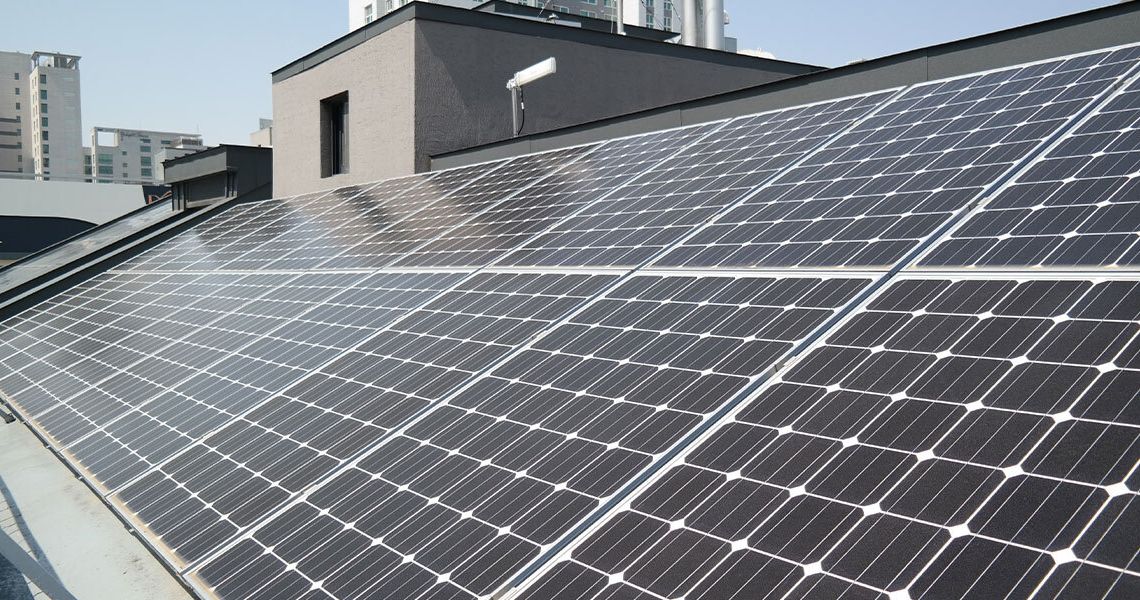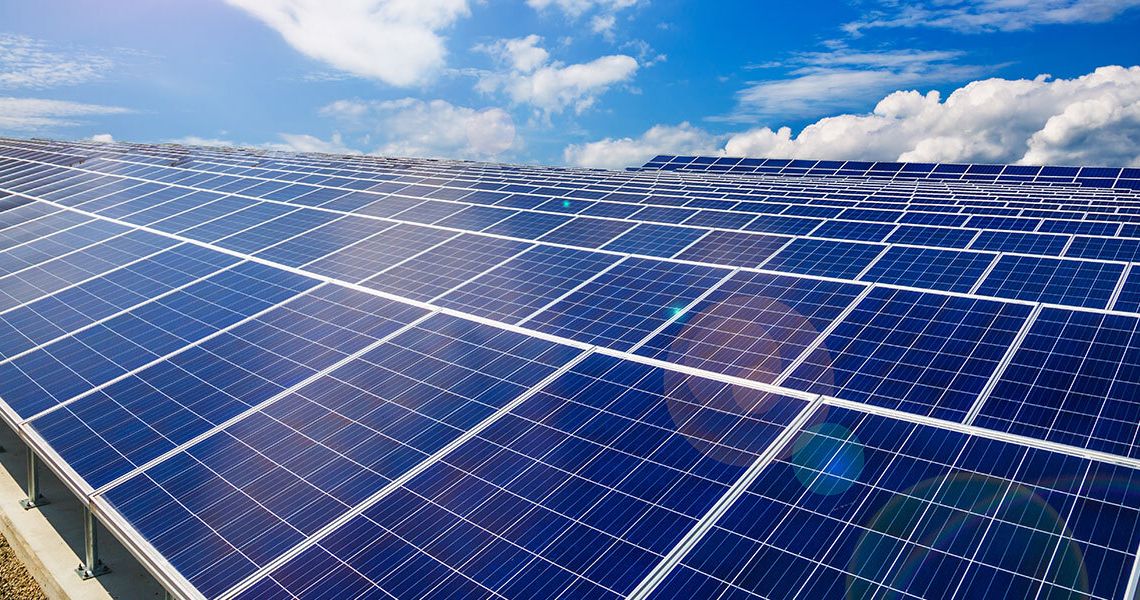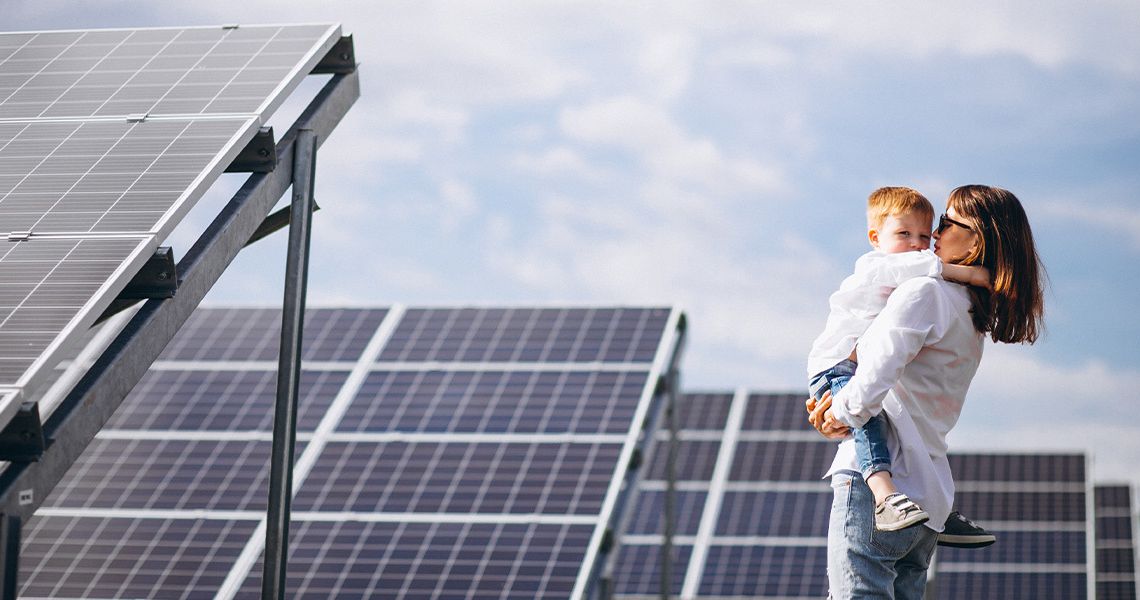Solar panel efficiency measures the amount of sunlight (irradiation) that falls on the surface of a solar panel and is converted into electricity. Due to the many advances in photovoltaic technology over recent years, the average panel conversion efficiency has increased from 15% to over 22%. This significant jump in efficiency resulted in the power rating of a standard-size panel increasing from 250W to around 420W. Solar panel efficiency is determined by two main factors: the photovoltaic (PV) cell efficiency, based on the cell design and silicon type, and the total panel efficiency, based on the cell layout, configuration, and panel size. Solar panel technologies are innovative ways to Green Energy.
Most efficient solar panels
Solar panels may all seem basically the same, but there are some figures that differentiate them. Perhaps the best known is the efficiency rating. Put simply, it's how much of the sun's energy a panel's solar cells turn into usable electricity. The most efficient solar panels will create more electricity in their solar cells than a less efficient one if they're exposed to the same amount of sunlight.
Efficiency of solar panels
Determining the highest solar panel efficiency is a pretty simple matter of tracking down manufacturer-provided data sheets and locating the efficiency numbers. It depends on the solar panel. The efficiency of solar panels is 22% meaning they convert more than 22% of the available energy from sunlight into usable electricity.
Highest-efficiency solar panels
As solar technology becomes more widely adopted, manufacturers are continuing to improve the technology and drive prices down. Solar panel efficiencies are reaching record highs, allowing panels to produce more electricity in the same amount of space. Solar panel efficiency refers to how well a solar panel can convert sunlight into usable electricity. Depending on the type of solar cells used, the efficiency of consumer solar panels ranges anywhere from about 8% for thin film photovoltaic to 23% for monocrystalline silicon.
Most powerful solar panels
For example, a rigid solar panel with 400W of rated power and 23% efficiency can produce 400wH of electricity under ideal conditions. A rigid solar panel with 400W of rated power and an efficiency rating of 18% will require a significantly larger surface area to generate the same amount of electricity. Increasing the panel size can also increase efficiency due to creating a larger surface area to capture sunlight, with the most powerful solar panels now achieving up to 700W power ratings. The efficiency rating of a solar panel tells you what amount of sunlight that hits a solar panel is turned into usable electricity. The higher the efficiency rating, the more sunlight that panel can turn into electricity. So, if a solar panel has a 15% efficiency rating, that means 15% of the solar energy within the sunlight that hits the solar panel will be converted into electricity. Contact us and experienced specialists will provide the necessary advice.
Conclusion
You also want to consider the brand’s reliability. You want to get solar panels from a company that produces high-quality products that can support you over the 25-year lifespan of the panels, should you need them. However, high-efficiency panels may be useful if you have a small roof. Panels with higher efficiencies can produce more power in a smaller area, allowing you to maximize your roof space.



